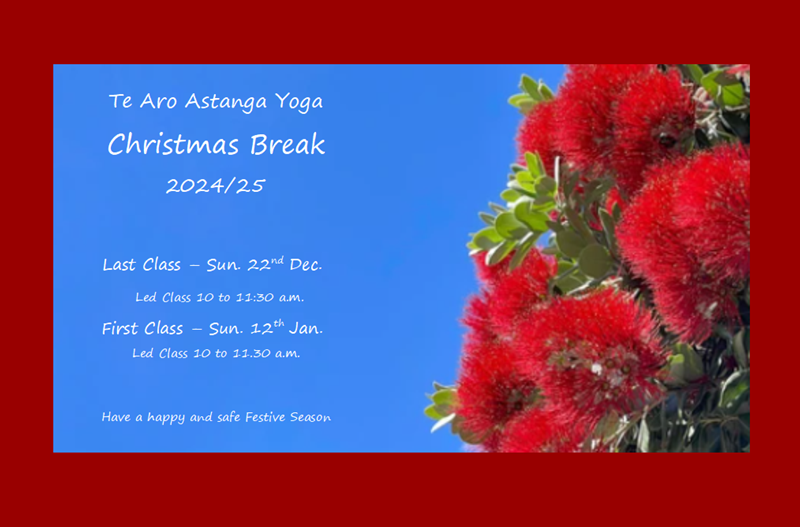Do you feel like you are stuck in your practice? Haven’t had a new posture for years and wondering if you will ever get a new one? Are you struggling with the motivation to practice as a result? Do you sometimes think that battling away to do an asana that other people seem to do easily is pointless and means you are useless at yoga? We all know that “it is not about the asana”. But if it isn’t about asana then what is it about? This is the story of my practice and how I understand it.
The fact is that in this lifetime, in this body we are all given the possibility of doing a certain number of asana. The Ashtanga Yoga method is designed to slowly and inexorably, one asana at a time, get you to that point. What happens then? Are you done? Stop practicing? That would be a great shame because it is at this point that the practice can change in a very positive way. Also, one of the effects of the asana practice is to suppress the habits or samskaras that afflict us. The minute you stop practicing these habits will resurface just like weeds. As any good gardener knows if you don’t tend your garden then it is inevitable that weeds will come up because the seeds are still there.
So we keep practicing those same asana. And the practice changes or at least, our attitude to it changes. Here is how my practice has evolved over 27 years. To start off with like most people it was all about the physical. All about seeing what this skinny body could do. I accepted the role of student so I never pushed my teachers for new asana, but I drove my body hard so that it would be ready for the next one. As a result my practice was full of fire. Sweat would pour off my body. My muscles would burn from exertion. Strong emotions, especially anger, (at myself, not others) would arise. I pushed myself to do full practice 5 or 6 days a week and was grumpy if I missed a practice. I injured myself and didn’t care, just kept practicing.
This was my practice for about 9 years. Then a miracle happened. Victoria and I had Holly, our beautiful daughter. Now I knew there was something more important in my life than my practice but still I wanted to walk in the flames so I pushed. 2 years later our second child, Isla/Iggy was born and at the same time I got pretty much to the end of Advanced A series. With 2 children and running Te Aro Astanga full time it soon became obvious that I just did not have the energy available to push into the practice. Victoria recognised this way before I did and I am blessed by her wisdom and patience with me.
I struggled to let go of the fire I had become addicted to. This was the fire that burned my old habits, the fire of the phoenix that birthed a new me. I had burned away my impatience and my anger and my drive to do more and more asana. Slowly as I learned what it is to be a father, I learned to take a gentler and more pragmatic approach to my practice. Victoria, my “keep it real” guru taught me to practice when I could. To shift the energy in my practice to be more supportive. To be constructive rather than destructive. An amazing thing happened. A whole new level of understanding and knowledge of Yoga flowered.
When you are no longer driven by the thought that you need to do the next asana you start to unlock the depth of learning there is in the asana you are already doing. You discover there is an infinity of knowledge in the simplest of asana. You go deeper into yourself. And the fire doesn’t go out. Instead it settles to the gentle heat of glowing coals. I remember Guruji once saying that the advanced asana practitioners are the slow learners and now I understand why.
Tapas is the fire of austerity, of self-discipline. The second pada/chapter of Patanjali’s Yoga Sutra is about the Practice and the first word is “tapah”. So it is an important and necessary aspect of the yoga practice but taken to an extreme can become an attachment that is detrimental to our final goal.
Japa means “to utter in a low voice, repeat internally, mutter” and refers to the repeating of a mantra or God’s name. The Ashtanga Yoga method of practicing a repeated sequence has is very much like a physical japa. More and more my practice feels to me like a “ song to God”. The vinyasa, the “breath and movement” is my mantra. More and more my goal is to have the energy in my body move is such a way that it resonates to the sound of “Om”. As always the golden rule applies, “practice, practice, practice”.

Love your story Mike. Very helpful for a beginner like me.
Thanks Mike.. your words give meaning to me & my practice
Loved this Mike, thank you for sharing!